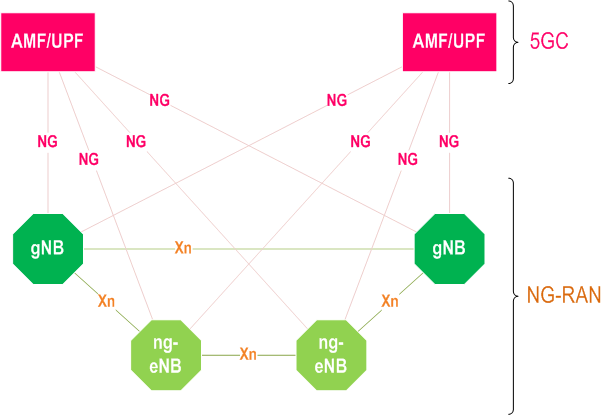TS 38.300
5G New Radio —
NR and NG-RAN Overall Description – Stage 2
V18.2.0 (PDF)
2024/06 … p.
V17.9.0
2024/06 … p.
V16.16.0
2024/06 … p.
V15.17.0
2024/06 … p.
- Rapporteur:
- Mr. SEBIRE, Benoist
Nokia Germany

essential Table of Contents for TS 38.300 Word version: 18.2.0
each title, in the "available" or "not available yet" area, links to the equivalent title in the CONTENT